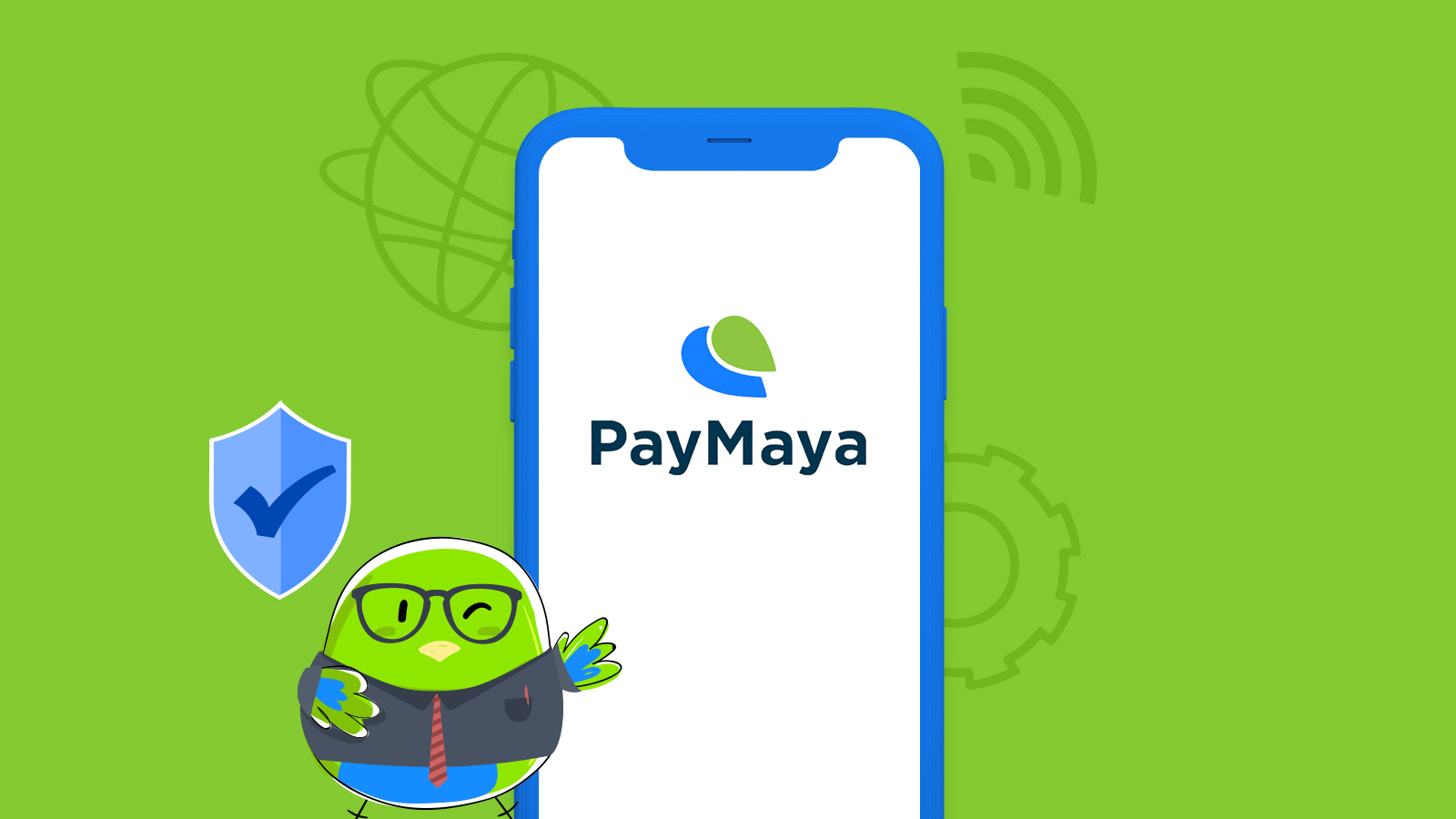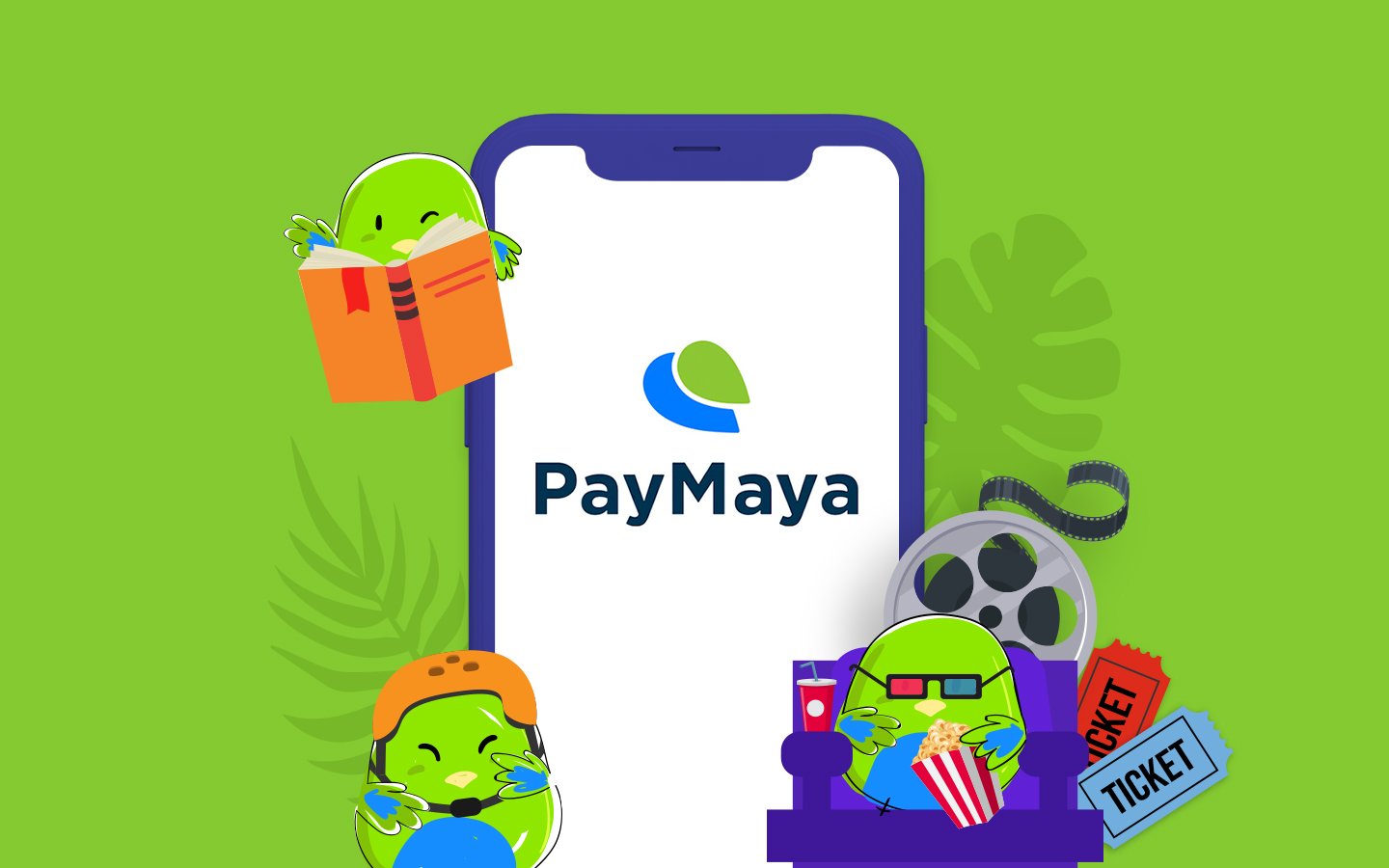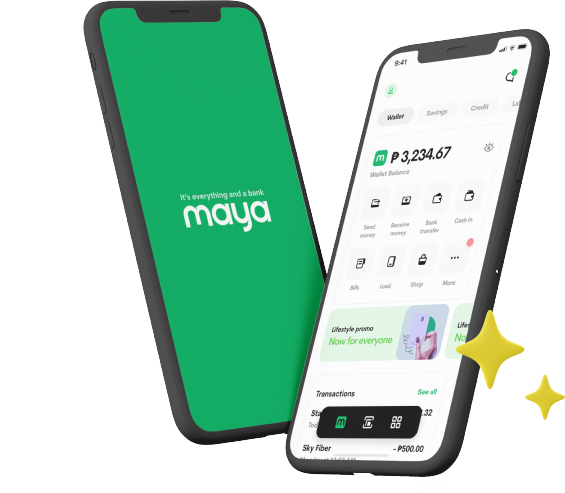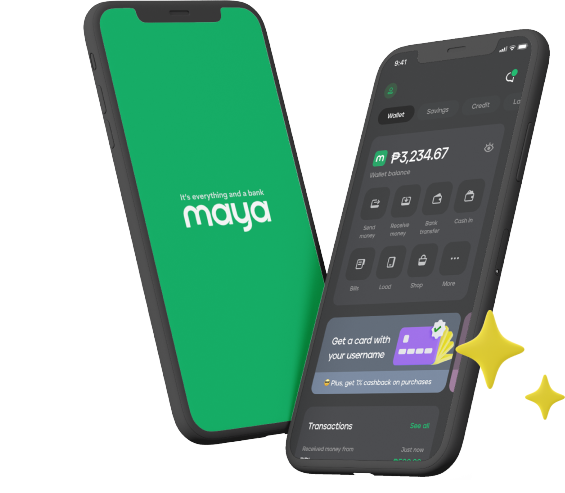
According to the latest numbers from Statista, there are about 4.57 billion active users on the internet, around 91% of whom utilize mobile devices to connect . In the Philippines, specifically, 70.7 million people accessed the internet through their mobile phones in 2019—a number that is only expected to rise in the coming years.
Through figures numbers, it’s clear that mobile devices have quickly become more and more ubiquitous and integral to our daily lives. However, the democratization of the web and the technologies that we use to access it has also attracted the attention of malicious actors that are intent on stealing valuable information. Should they succeed, these individuals can do a lot of damage—they can defraud others, use stolen for illicit activities, or even rob people blind, all before their victims even know it.
The following best practices for using the internet safely on your mobile devices can help you protect yourself from becoming a target of these criminals. From using mobile data instead of unsecured networks when making important transactions to being more discerning about links before clicking on them, here’s how to stay safe on the internet when using your smartphone or mobile device.
Be Wary When Using Public Wi-Fi Networks
Public Wi-Fi access is available almost everywhere in the Philippines, especially in metropolitan areas. This is because businesses such as shopping malls and cafés see it as a valuable asset that increases foot traffic and makes customers spend more time on the premises. However, these public hotspots are inherently unsecured. Any data sent through them can be easily intercepted, and you risk making your personal information, your digital identity, and your money vulnerable when you use them to make important transactions.
To be safe, it’s best to avoid using websites that will allow malicious actors to capture your identity, passwords, or any personal information while connected to these public access points. These include online banking services, social networking sites, and any other pages that store your bank details or credit card information. If you absolutely must access these sites while out and about, use mobile data instead.
Another way to keep criminals from stealing your information while you’re connected to public hotspots is by using a Virtual Private Network (VPN). VPNs work by encrypting all of the data that you send and receive through the network, keeping them away from prying eyes.
Use Strong Passwords or Biometrics
One of the easiest ways to protect your accounts on the internet is by using strong passwords, which makes unauthorized access by brute force close to impossible. Making use of your mobile device’s included biometric features such as fingerprint or iris scanning also makes it more secure, especially in situations like loss or theft. It’s also a good idea to turn on two-factor authentication (2FA) wherever possible, but especially for accounts on sensitive apps and websites that you don’t want hackers to get into.
Scrutinize Apps Before Installing Them
While using your mobile device, you may come across ads or pop-ups inviting you to install certain apps or visit certain websites. Before clicking or tapping on anything, make sure that the app or link is from a legitimate source. Criminals often use unsafe links to gain root access to your device, infect it with spyware or other forms of malware, or trick you into giving up your personal information. Being more discerning about the sites you visit can help you avoid online scams.
Apps from official sources such as the Apple App Store, Google Play Store, or Huawei AppGallery are vetted before they’re published, but it’s always a good idea to double-check before installing anything onto your phone or tablet. Similarly, you’ll want to ensure that any links to sites you visit are safe before entering sensitive details such as your login information or passwords. If anything looks or feels fishy, do not proceed.
Keep Your Device’s Operating System Up-To-Date
Mobile phone operating systems are designed to be secure from the start, right out of the box. However, they’re far from perfect, and cybercriminals are always on the lookout for ways to exploit any security vulnerabilities that they can find in these systems. To stay ahead of the crooks, you’ll want to keep your mobile devices’ operating systems updated. System updates often include security patches against newly discovered threats, as well as features that can help improve your experience of using the device.
To check if your phone or tablet’s OS is up to date, simply look through its settings. It should be in the General section for iOS devices. On Android devices, you should be able to find it in the About Phone section or under System settings.
Securing your mobile devices properly against any potential threats should always be one of your top priorities. By employing the best practices that we’ve listed here and being more vigilant, you can rest assured that your digital identity won’t be compromised by those who intend it harm.
You might also like
These Stories on How-To




